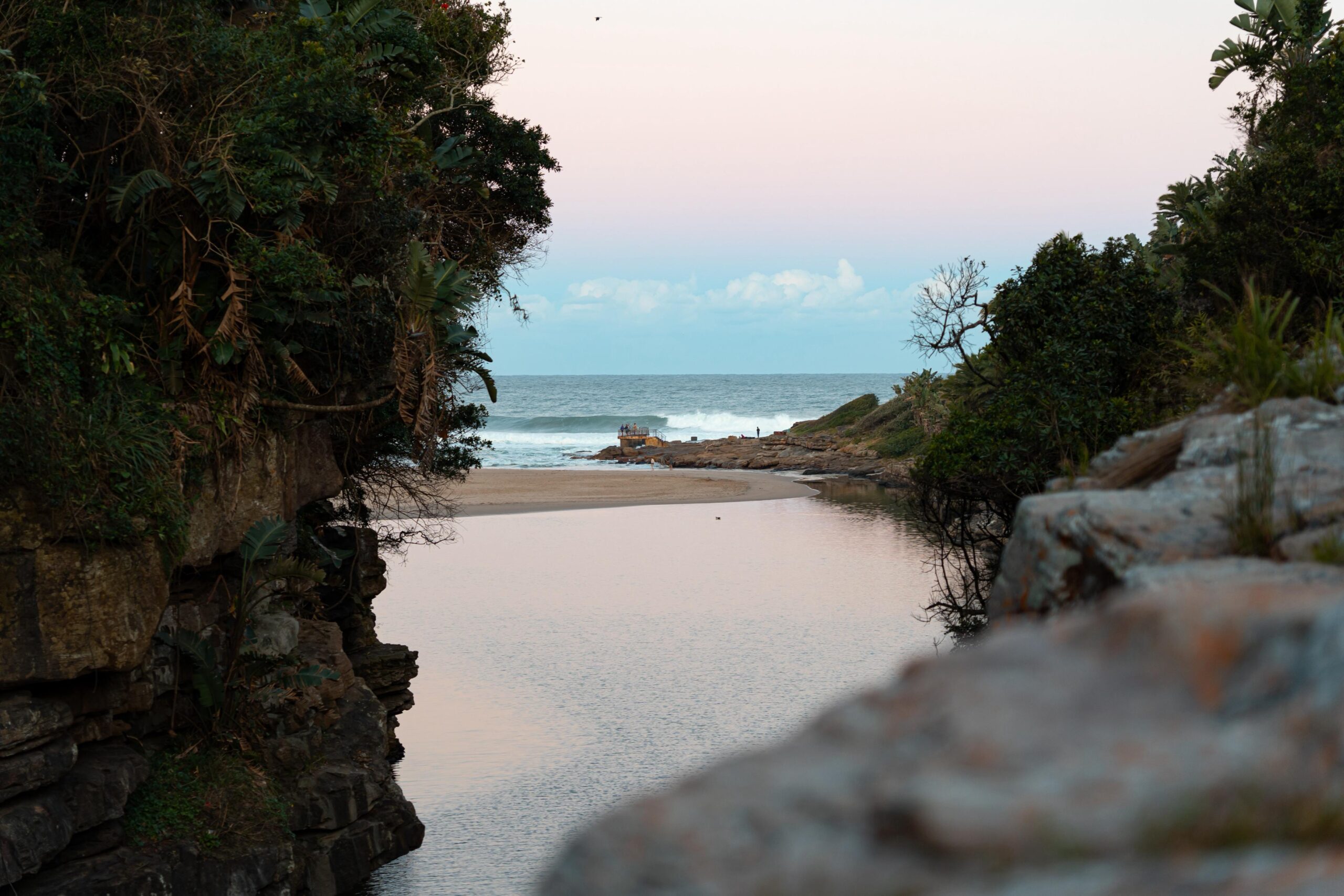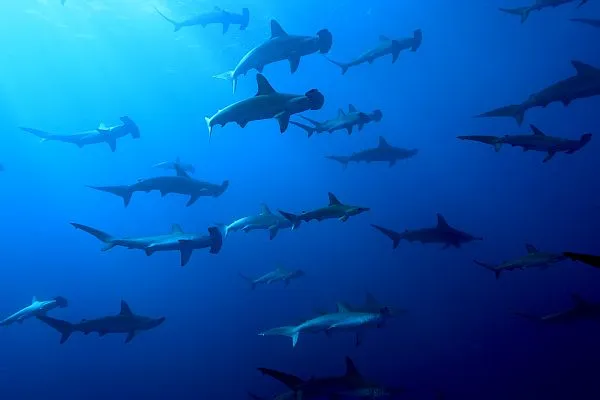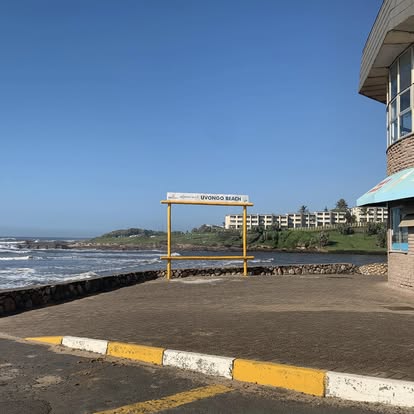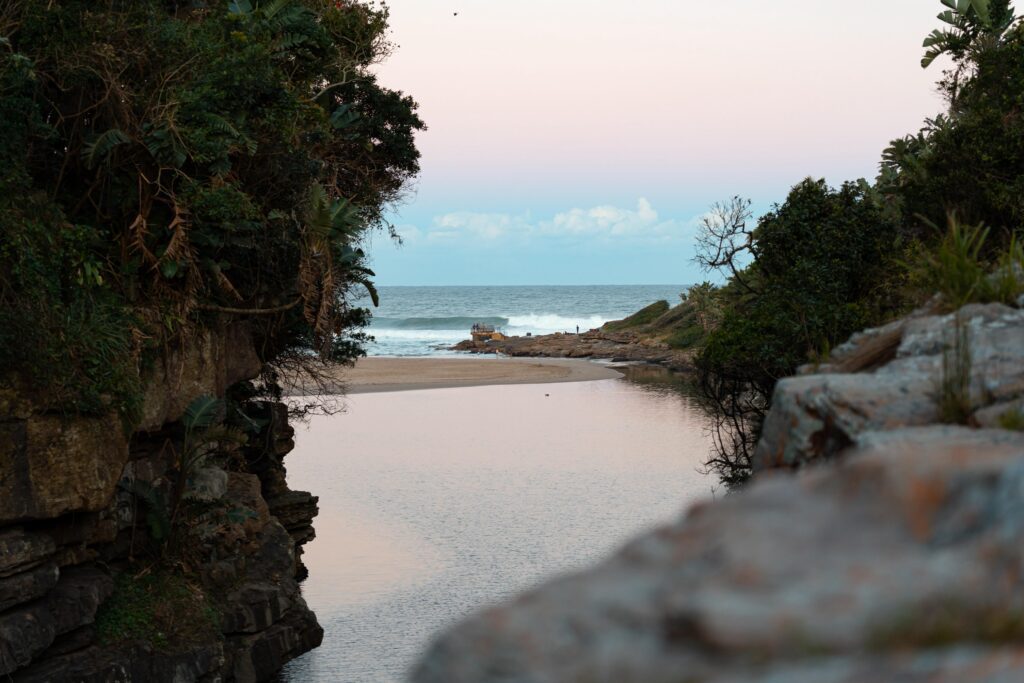Wildlife Sanctuaries of the KZN South Coast
Where Nature, Adventure, and Conservation Come Alive
The KwaZulu-Natal (KZN) South Coast is often celebrated for its warm beaches, coastal towns, and laid-back holiday vibe — but beyond the surf and sand lies another side of this paradise: a world of gorges, grasslands, wetlands, and forests teeming with wildlife.
From the dramatic cliffs of Oribi Gorge to the serene estuaries of Mpenjati Nature Reserve, the South Coast is a haven for eco-tourism, birdwatching, hiking, and wildlife conservation. Whether you’re a nature enthusiast, a family looking for outdoor fun, or a photographer chasing the perfect landscape, these sanctuaries showcase some of KwaZulu-Natal’s most breathtaking natural treasures.
Below, we highlight the best wildlife sanctuaries and nature reserves on the KZN South Coast — along with insider tips, what to expect, and why each deserves a spot on your itinerary.
1. Oribi Gorge Nature Reserve – The Crown Jewel of the South Coast
Just a 25-minute drive inland from Port Shepstone, Oribi Gorge Nature Reserve stands as one of South Africa’s most spectacular natural wonders. The gorge was carved over millions of years by the Umzimkulwana River, creating deep sandstone ravines, forested slopes, and cliff faces that drop hundreds of meters.
Visitors can explore hiking trails that weave through coastal forest and grasslands, offering opportunities to see reedbuck, bushbuck, rock hyrax, and the elusive Samango monkey. The birdlife is incredible, with more than 250 species recorded, including fish eagles, Narina trogons, and Cape vultures soaring along the cliffs.
The reserve is also a hotspot for adventure seekers. Nearby, the Oribi Gorge Wild 5 Adventures offers the world’s highest gorge swing, a zipline, abseiling, and suspension bridge walks — making it a must-visit for thrill-lovers.
Why visit:
Oribi Gorge offers the perfect blend of adventure, wildlife, and scenic beauty — a true South Coast gem for all ages.
Tip: Visit early in the day to enjoy mist-covered forests, or stay at the Lake Eland Game Reserve nearby for a full wildlife experience.
2. Mpenjati Nature Reserve – Where the Ocean Meets the Forest
Located between Trafalgar and Palm Beach, Mpenjati Nature Reserve covers 66 hectares of diverse habitats, including dune systems, coastal forest, and the Mpenjati River estuary. It’s small but rich in biodiversity — a sanctuary for waterbirds, otters, bushbuck, and countless insect species.
The beach area is unspoiled and peaceful, ideal for picnics, walks, and birdwatching. Nature lovers can follow self-guided trails through the forest and along the estuary where the river meets the Indian Ocean — a truly photogenic setting.
Mpenjati is also known for its environmental importance. The estuary acts as a natural nursery for fish and crustaceans, supporting the delicate balance of coastal ecosystems.
Why visit:
A tranquil retreat perfect for day visitors, nature walks, and families looking to enjoy South Coast biodiversity in an accessible location.
Tip: Early mornings are ideal for spotting kingfishers, herons, and waders feeding along the estuary.
3. Lake Eland Game Reserve – Safari Adventures Close to the Coast
For a full bush experience without driving far inland, Lake Eland Game Reserve in the Oribi Gorge area is your best bet. Spanning over 2 500 hectares, this privately managed reserve is home to a variety of wildlife, including zebra, giraffe, wildebeest, eland, and kudu.
The scenic game drives allow visitors to enjoy panoramic views of the gorge and grasslands. The reserve also offers horseback rides, mountain biking, hiking trails, ziplining, and picnic spots overlooking the lake.
Birdwatchers will be delighted — over 300 bird species have been recorded here, including raptors, weavers, and waterfowl.
Why visit:
It’s one of the best family-friendly wildlife experiences on the South Coast — perfect for those who want a taste of safari combined with coastal relaxation.
Tip: Stay overnight in one of the log cabins or chalets to enjoy sunrise and sunset drives — when wildlife is most active.
4. Vernon Crookes Nature Reserve – The Hidden Gem
About 10 km inland from Scottburgh, Vernon Crookes Nature Reserve offers rolling grasslands, forest patches, and some of the best birding on the South Coast. The reserve spans nearly 2 200 ha and supports blue duiker, bushbuck, mongoose, and over 300 bird species.
Walking trails wind through acacia thickets and open savannahs where wildflowers bloom in spring and summer. It’s also a great spot for picnics and scenic viewpoints overlooking the Indian Ocean.
Why visit:
Vernon Crookes is less commercial and more untouched, giving visitors a true sense of peace and wilderness — perfect for photographers and hikers.
Tip: Visit between September and February when the grasslands are in full bloom and birdlife is at its peak.
5. TC Robertson Nature Reserve – A Riverside Retreat
In the heart of Scottburgh lies the TC Robertson Nature Reserve, a peaceful green escape along the Mpambanyoni River. Despite being close to town, it offers a surprisingly rich environment with over 200 bird species, small mammals, and lush riverine vegetation.
The walking trails are easy and well-marked, making them perfect for families, joggers, and nature photographers. You can spot malachite kingfishers, weavers, herons, and even crabs and mudskippers in the estuary.
Why visit:
A family-friendly natural escape within walking distance of Scottburgh’s main beach — ideal for relaxed outdoor days.
Tip: Bring a picnic basket and binoculars — there are plenty of shady spots along the riverbanks.
6. Umtamvuna Nature Reserve – A Botanical Wonder
Perched on the border between KwaZulu-Natal and the Eastern Cape, Umtamvuna Nature Reserve near Port Edward is a paradise for botanists and nature enthusiasts. The cliffs and plateaus of this reserve host rare plant species — including endemic cycads and wildflowers — making it one of the richest botanical areas in the province.
The trails offer incredible views over the Umtamvuna River Gorge and the surrounding valleys. Wildlife includes rock hyrax, dassies, antelope, and a wide array of bird species, while the flora bursts with colour during spring.
Why visit:
It’s one of the most beautiful reserves on the KZN South Coast — offering dramatic landscapes and a peaceful atmosphere.
Tip: Bring hiking shoes and a camera; the viewpoints are some of the best on the South Coast.
Why the KZN South Coast is a Wildlife and Eco-Tourism Hotspot
The beauty of the KZN South Coast lies in its diversity. Within just a few kilometres, you can move from golden beaches to dense forests and deep gorges. These ecosystems support hundreds of species — from tropical birds and butterflies to small antelope and primates.
Eco-tourism on the South Coast is growing rapidly, as travellers increasingly seek authentic, nature-based experiences. The sanctuaries and reserves here play a vital role in conservation, environmental education, and community development — offering responsible travel that benefits both people and the planet.
Many of these reserves are supported by local conservation groups and tourism initiatives, including South Coast Explore, which promotes sustainable travel experiences, and partners with local guides, lodges, and wildlife organisations to highlight the region’s natural beauty.
Planning Your Wildlife Adventure
Best time to visit:
The KZN South Coast enjoys a subtropical climate, making it a year-round destination. For cooler, drier hikes and game viewing, visit between May and September.
What to pack:
- Lightweight walking shoes or hiking boots
- Sunblock, hat, and insect repellent
- Binoculars and a camera
- Reusable water bottle and snacks
Where to stay:
From eco-lodges to beachfront resorts, the South Coast offers diverse accommodation options near these reserves. Many nature lovers base themselves in Margate, Port Shepstone, or Scottburgh, using these as gateways to explore nearby sanctuaries.
Final Thoughts
The KZN South Coast isn’t just a beach destination — it’s a mosaic of wilderness, water, and wonder. Its wildlife sanctuaries and nature reserves tell a deeper story of conservation and connection, where visitors can witness the balance between nature and community.
Whether you’re exploring the dramatic cliffs of Oribi Gorge, spotting kingfishers at Mpenjati, or relaxing under shady trees at TC Robertson, you’ll discover that the South Coast is as wild as it is beautiful.
So next time you plan your coastal getaway, take a step off the sand — and into the wild heart of the South Coast.
FAQs: Wildlife Sanctuaries on the KZN South Coast
Q1: What wildlife can I see on the South Coast?
You can spot a variety of wildlife, including zebra, antelope, monkeys, otters, and over 300 species of birds — from eagles to kingfishers.
Q2: Are the reserves family-friendly?
Yes! Most reserves, especially Lake Eland and TC Robertson, offer gentle trails and picnic areas suitable for families and kids.
Q3: Do I need a 4×4 to visit these parks?
No. Most reserves on the South Coast are easily accessible with regular vehicles, though some roads at Oribi Gorge and Umtamvuna can be steep.
Q4: Is there accommodation inside the reserves?
Yes, Lake Eland Game Reserve offers lodges and chalets. Some reserves have nearby guesthouses or campsites.
Q5: How can I support local conservation efforts?
Choose eco-friendly accommodations, join guided tours run by local communities, and follow park rules to protect wildlife and habitats.

